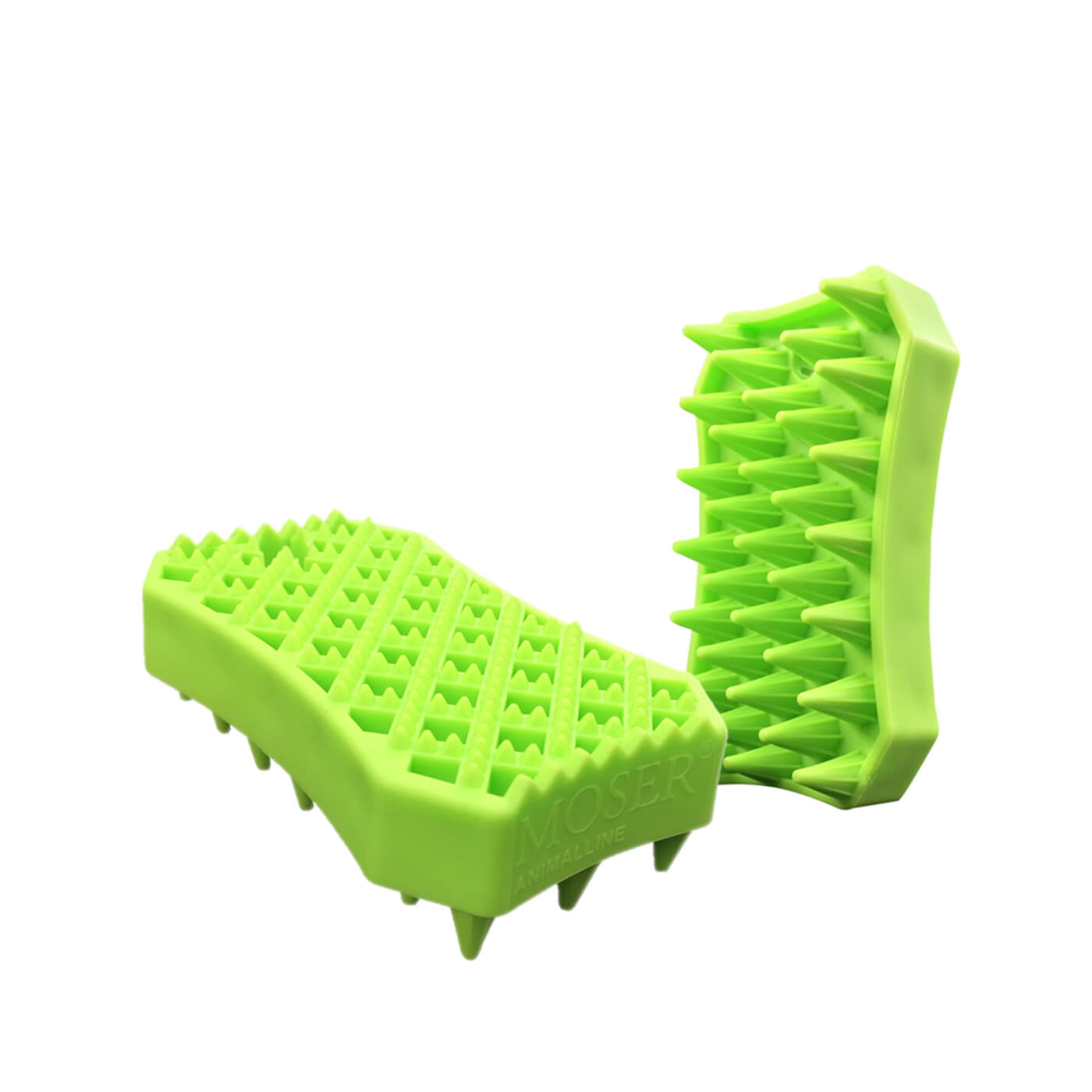Coat change of dog and cat
With a couple of tricks and a few helpers, we can help the animals to make the change of coat more stress-free and enjoyable.
Now it gets a bit cooler in the evening and we slowly get the winter coat out of the basement again. Our four-legged friends do the same, and swap the thinner summer coat for a warm, dense winter coat. And that is quite exhausting, because the coat change of the animal is hormonal and can weaken the organism of the animal quite well. In addition, the denser winter fur is more easily felted and then itches quickly. But the good news is we can help our pets.
With a few tricks and a few helpers, we can help the animals to make the change of coat more stress-free and enjoyable.
Now it gets a bit cooler in the evening and we slowly get the winter coat out of the basement again. Our four-legged friends do the same, and swap the thinner summer coat for a warm, dense winter coat. And that is quite exhausting, because the coat change of the animal is hormonal and can weaken the organism of the animal quite well. In addition, the denser winter fur is more easily felted and then itches quickly. But the good news is we can help our pets.
With a few tricks and a few helpers, we can help the animals to make the change of coat more stress-free and enjoyable.
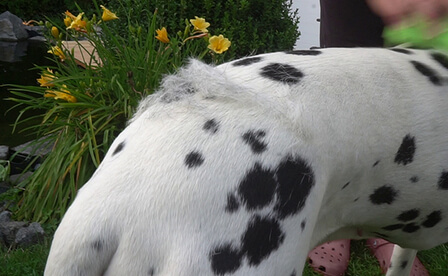
1. General grooming all year round
If one waives the grooming of the animal, it can come to strong matting of the fur, depending on the breed. This is not only unpleasant but can also cause health damage. Especially when changing the coat, hair that has fallen out will also be left hanging in the matting. Regular brushing and immediate remove of possible felt is important. #healthyanimalsarehappyanimals.
Product tip: If your darling has a felt, it can be easily removed with the MOSER Dematter or a MOSER clipper with a short cutting length.
If one waives the grooming of the animal, it can come to strong matting of the fur, depending on the breed. This is not only unpleasant but can also cause health damage. Especially when changing the coat, hair that has fallen out will also be left hanging in the matting. Regular brushing and immediate remove of possible felt is important. #healthyanimalsarehappyanimals.
Product tip: If your darling has a felt, it can be easily removed with the MOSER Dematter or a MOSER clipper with a short cutting length.
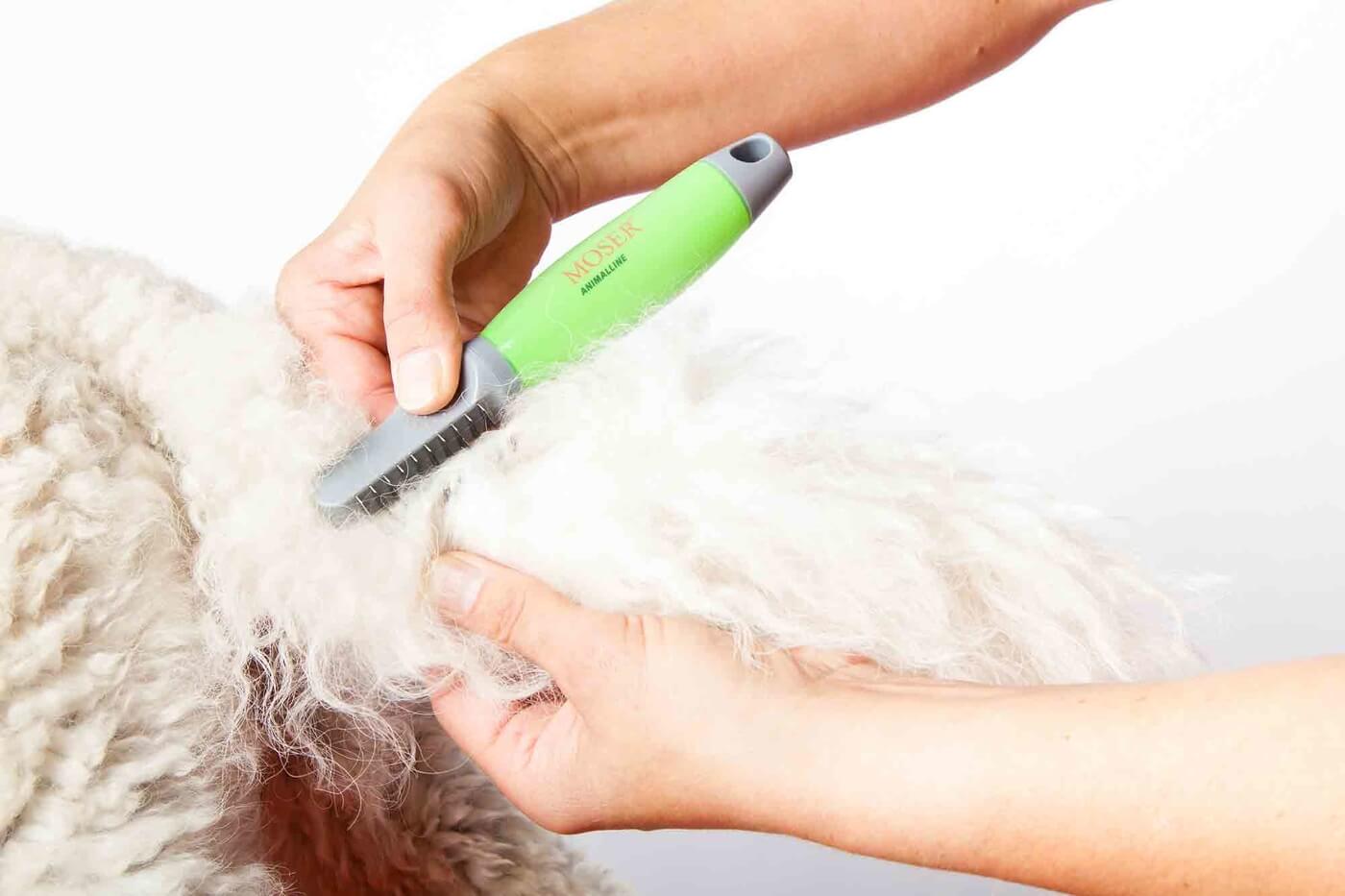
2. Care of paws
Pets regulate their body temperature quite differently than humans. Dogs cool their bodies by panting. Cats do not pant until their bodies are overheated. They regulate smaller temperature differences over the ears and lick their coat. The evaporation of saliva cools the body. But one cooling power have both types of animals: their paws! That is why taking care of the paws of a pet is very important. Whether it's road salt in winter or temperature differences in spring, a gentle paw care is good for any four-legged friend. But beware: greasy creams can clog pores on the paw skin.
Pets regulate their body temperature quite differently than humans. Dogs cool their bodies by panting. Cats do not pant until their bodies are overheated. They regulate smaller temperature differences over the ears and lick their coat. The evaporation of saliva cools the body. But one cooling power have both types of animals: their paws! That is why taking care of the paws of a pet is very important. Whether it's road salt in winter or temperature differences in spring, a gentle paw care is good for any four-legged friend. But beware: greasy creams can clog pores on the paw skin.
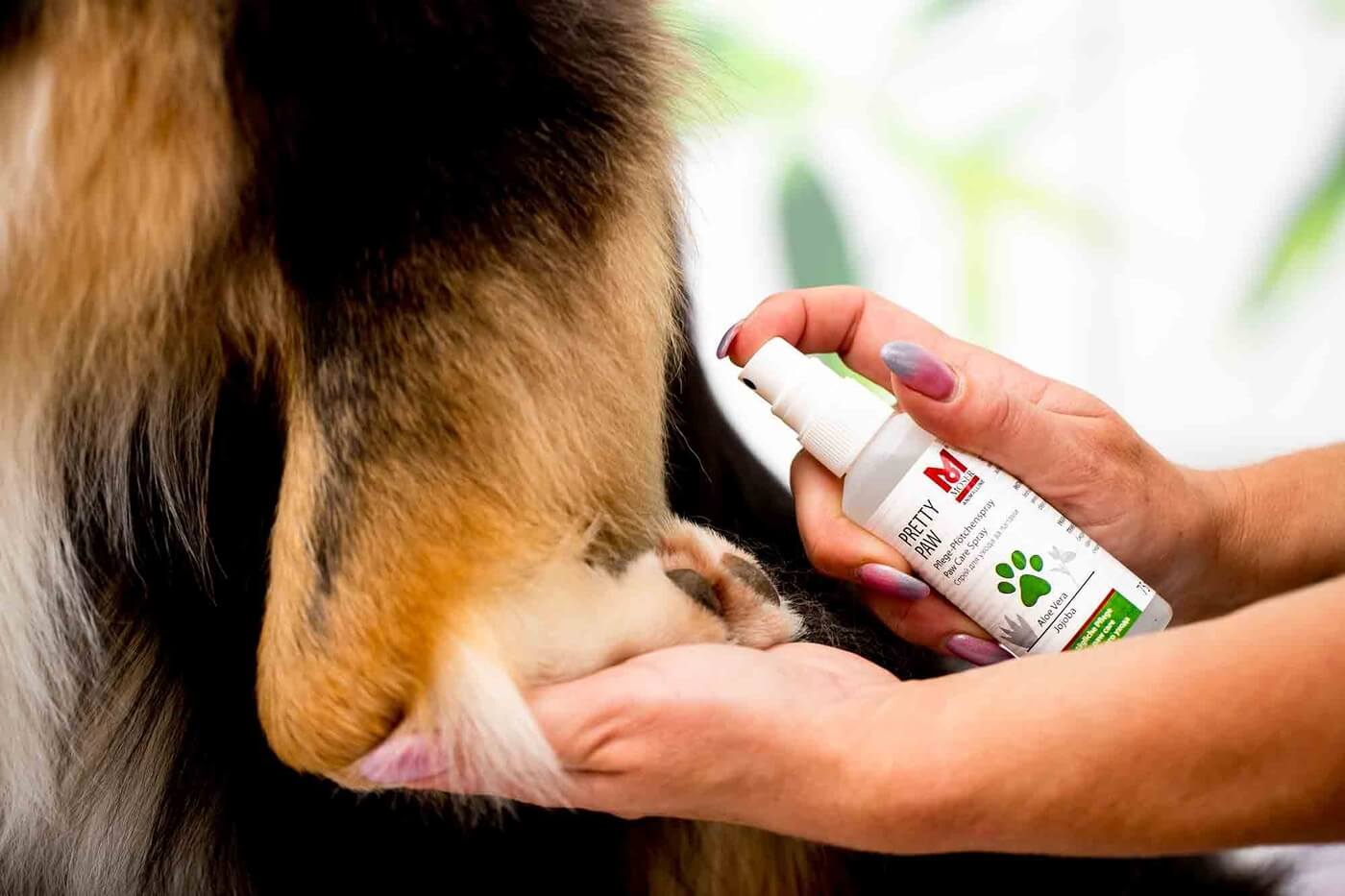
3. Daily brushing
The easiest way to support the fur during the change of coat is to brush it daily.
Loose fur is simply removed and, on the other hand, blood circulation and circulation are stimulated. And most hairy four-legged friends can’t get enough of a massage.
Tips for use: When brushing, part the coat and then comb in layers. If the coat is thin, the hand can be placed supportively under the coat to be brushed.
The easiest way to support the fur during the change of coat is to brush it daily.
Loose fur is simply removed and, on the other hand, blood circulation and circulation are stimulated. And most hairy four-legged friends can’t get enough of a massage.
Tips for use: When brushing, part the coat and then comb in layers. If the coat is thin, the hand can be placed supportively under the coat to be brushed.
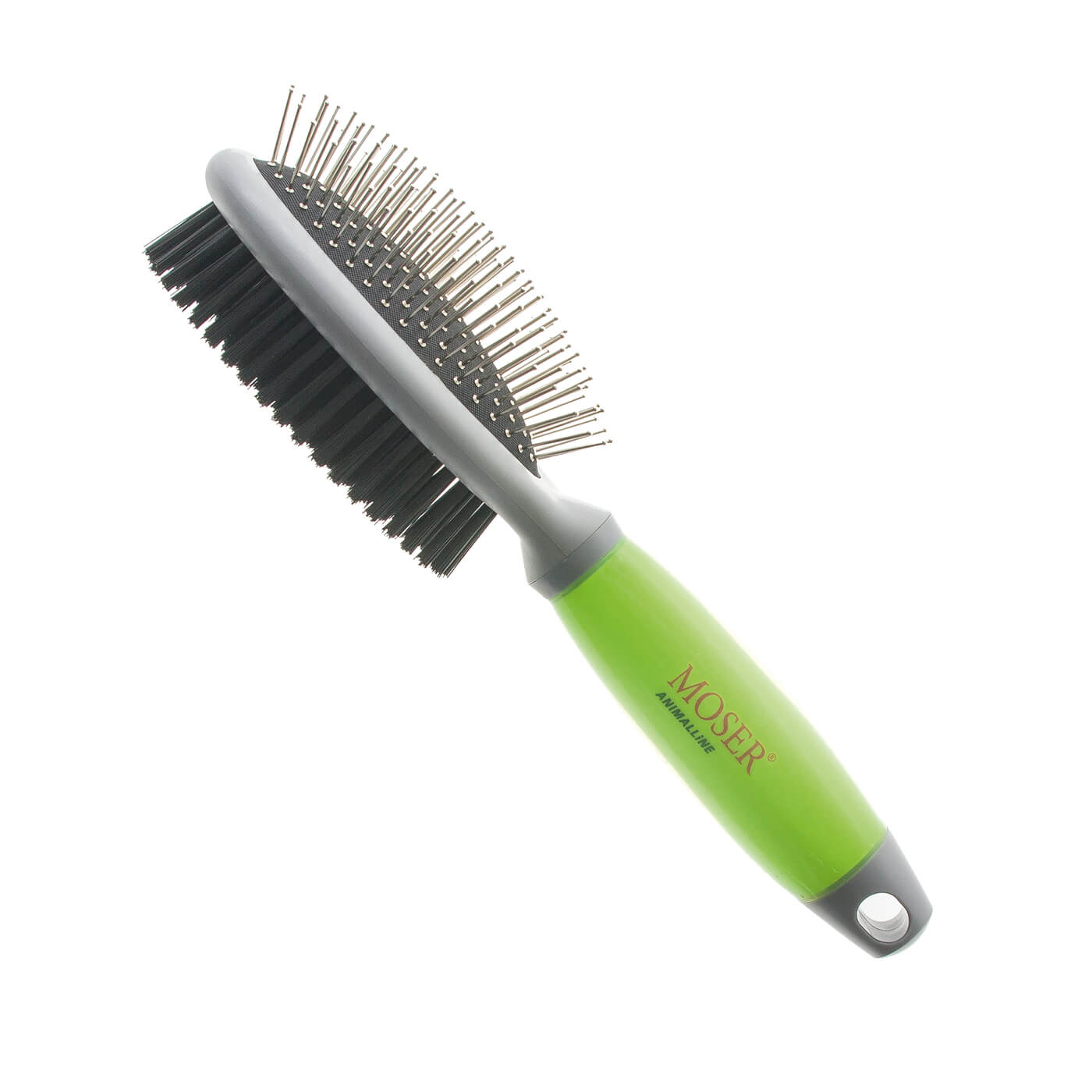
4. Shower
The change of coat is triggered by the change of light and temperature in nature. This means that the animal's coat is exposed to pollen in spring and slush and road salt in late autumn. A gentle shower frees, refreshes and supports the change of coat.
Product tip: for water-hide coat changers: MOSER Speedy Sponge dry shampoo
The change of coat is triggered by the change of light and temperature in nature. This means that the animal's coat is exposed to pollen in spring and slush and road salt in late autumn. A gentle shower frees, refreshes and supports the change of coat.
Product tip: for water-hide coat changers: MOSER Speedy Sponge dry shampoo
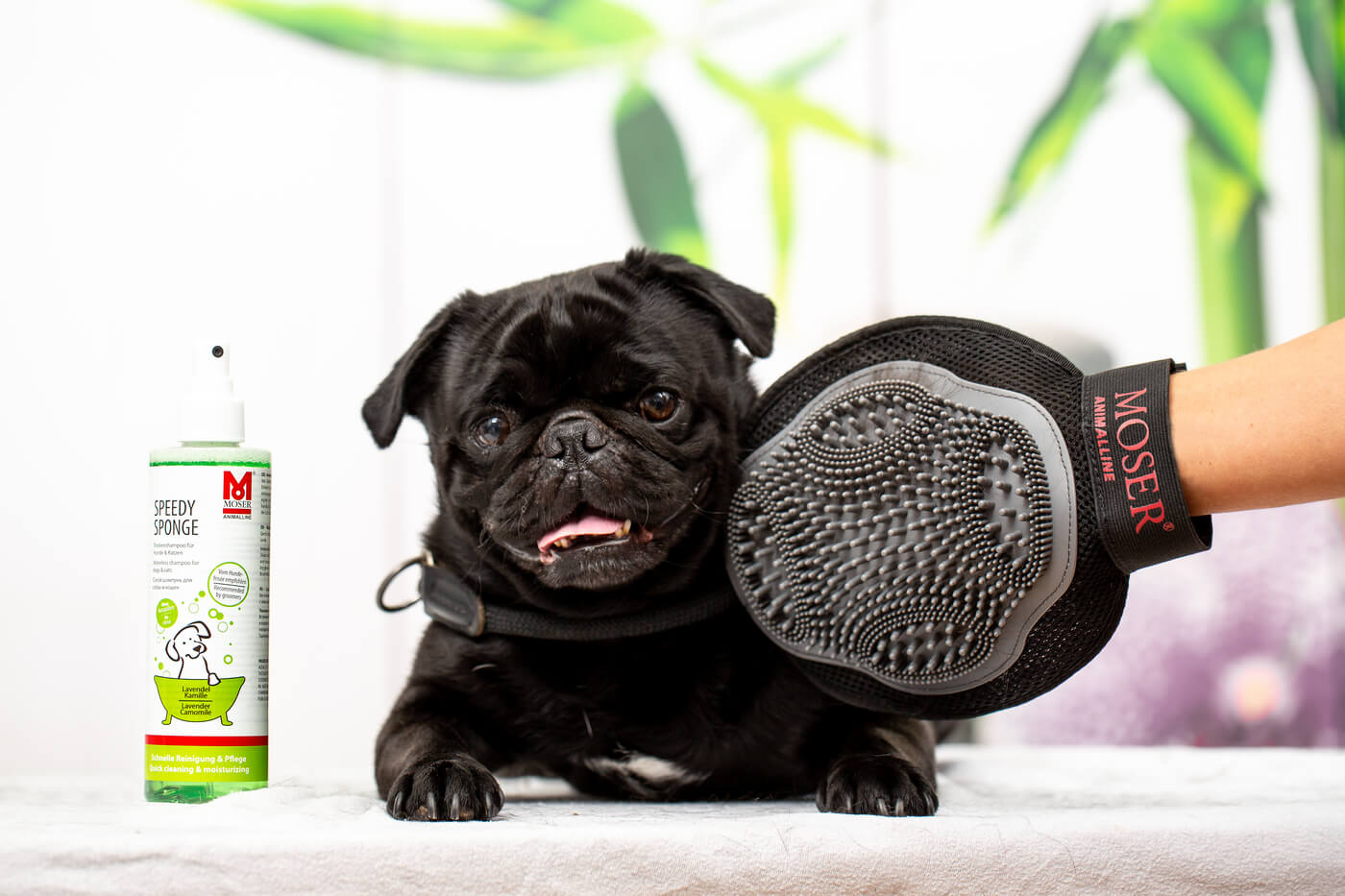
5. Offer cat grass
Cats themselves pay a lot of attention to grooming and licking their coat. This can lead to the formation of hairballs in the digestive tract, which must be eliminated. Cat grass makes it easier for the kitty to threw up the indigestible furball.
Cats themselves pay a lot of attention to grooming and licking their coat. This can lead to the formation of hairballs in the digestive tract, which must be eliminated. Cat grass makes it easier for the kitty to threw up the indigestible furball.
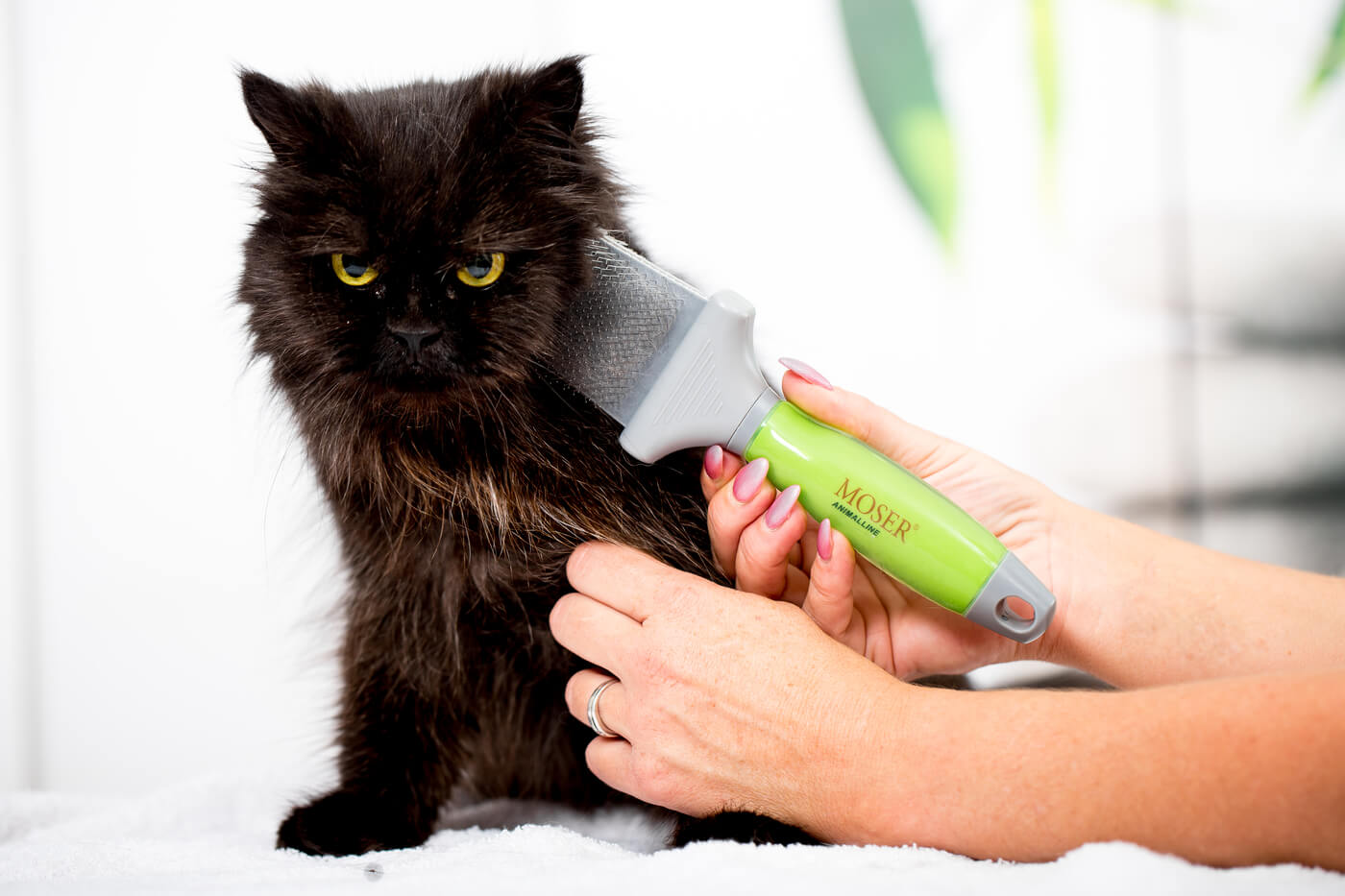
6. rubber glove trick
It can’t be avoided that the hair of our darlings distribute on our furniture or fabrics during the change of coat. With a simple rubber glove, hair can be removed from all textiles as you stroke it. The rubber glove charges electrostatically and the hair sticks to it.
Product tip: More environmentally friendly is the MOSER Sheddy, which has 2 functions. While one side allows a pleasurable brush massage, with the structure of the back loose coat can be easily stripped from all textiles.
It can’t be avoided that the hair of our darlings distribute on our furniture or fabrics during the change of coat. With a simple rubber glove, hair can be removed from all textiles as you stroke it. The rubber glove charges electrostatically and the hair sticks to it.
Product tip: More environmentally friendly is the MOSER Sheddy, which has 2 functions. While one side allows a pleasurable brush massage, with the structure of the back loose coat can be easily stripped from all textiles.
